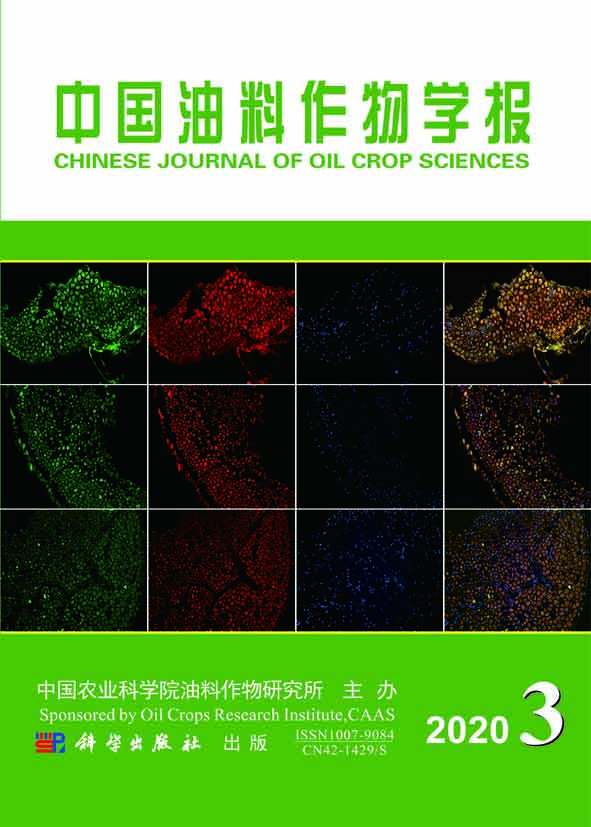REN Jing-yao, JIANG Chun-Ji, LI Xin-lin, ZHANG He, YU Hai-qiu, JIN Hua
1,3,4-triphosphoinositide 5/6-kinase (ITPK) is a conservative multi-function enzyme, which regu⁃lates the metabolism of the inositol phosphate, and is widely existent in plant, animal and nematode. In this study, 7 AdITPKs and 7 AiITPKs were obtained from the wild species peanut genome Arachis duranensis and Arachis ipaensis, and the biological characteristics of the ITPK gene family of peanut were analyzed by bioinformatics meth⁃
od. The results showed that the chromosome location of AdITPKs and AiITPKs gene was similar between the two speices, both two members on chromosome 03 and 05, one AdITPK on the chromosomes A01, A08 and A10, and one AiITPK on the chromosomes B01, B07, B10, respectively. The exons of the ITPK genes in peanut between 1 to 10, encoded with 220 to 483 amino acids, the evolution relationship analysis showed that the ITPK gene family were divided into 3 subfamilies, based on the conservative domain analysis, the family gene contained 4 to 6 conservative
structural motifs. The secondary structure of the two homologous genes was similar, except AdITPK5 and AiITPK5、 AdITPK6 and AiITPK6. The tertiary structure of the most peanut ITPKs were similar, while AdITPK1、AdITPK6、AiITPK1 and AiITPK6 were significantly different from the others. The tissue expression pattern of the peanut ITPKis different, and the expression levels of the peanut ITPKs were high in the seed, the root and the root nodule in the early growth period. This study laid a theoretical foundation for the later study of peanut ITPK gene and provided abasis for the regulation of ITPK on peanut growth.
